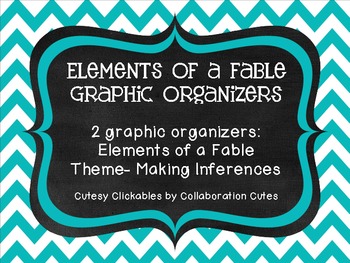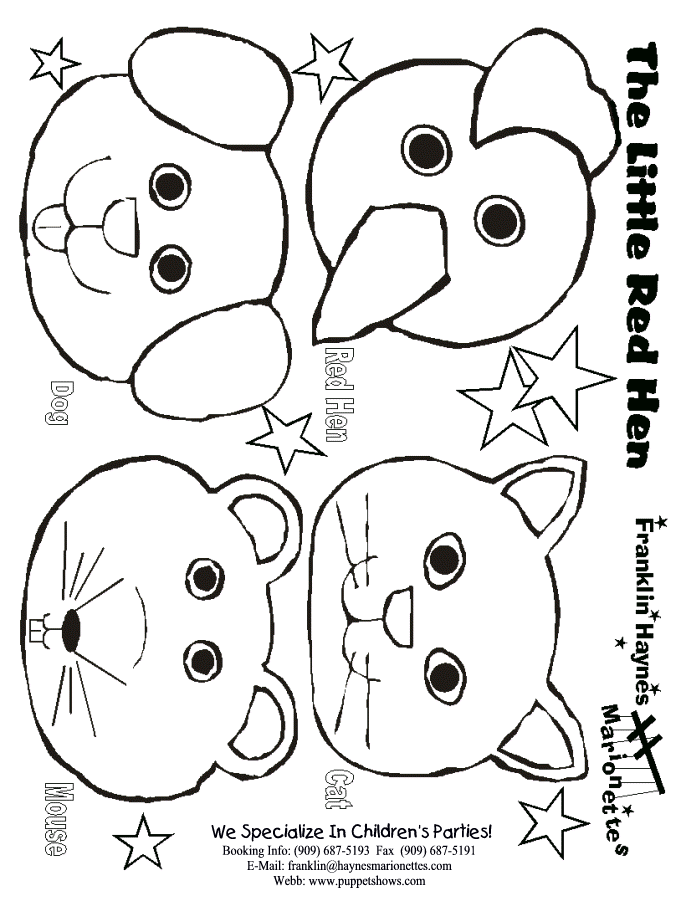The Reading Streets genre this week is FABLES. We will read The Tortoise and The Hare and then watch a short youtube. HERE at TPT I found a copy of a Tortoise and the Hare Reader’s Theater.
The Tortoise and the Hare 5 minute Video was fun and the kids read along with the words that are all posted.
A fast finisher game I put out was this Tortoise and Hare Game HERE.
Then we read The Little Red Hen from a reader’s theater, and The Lion and the Mouse from our Reading Streets Literature Book. Another good one is The Boy that Cried Wolf, an Aesop’s Fable. Did you know he was a deformed, dwarf slave who lived in Greece? Here is what it says in Wikipedia.
This famous Book of Fables, which are always referred to as
Aesop’s Fables, date back to the 5th Century BC
Yeah, he wrote all these fables and they got passed around and handed down like most folktales are, from generation to generation, and he became very famous. But I did not know he was a deformed dwarf. Nor that he had been a slave. It goes to show how man can overcome his circumstances and create amazing things from nothing.
I choose to use The Little Red Hen because I think it is perfect for this age and we can read a the reader’s theater of it and also the book, since I have both. I think it also teaches a moral lesson about hard work and that there’s no freebies in life. And last, but not least, One Good Turn Deserves Another. It isn’t my favorite though.
 |
| We read The Little Red Hen in a Reader’s Theater. |
I want the kids to get a good background in what a FABLE/FOLKTALE is. They need to have a great, creative character who is good in some way and another character who is bad. One has to be greedy and the other generous, one has to be fast and the other slow, one has to be giving and the other selfish so they are opposites in a sense. The story also has to have a setting that goes with the characters, a problem and solution and most importantly, a moral to the story or something that is learned at the end.
FABLES
* Fables are passed down from generation to generation.
* Fables have a moral to teach a lesson on human virtues.
* Main characters are often animals that talk and behave like people.
* The most famous fables in the world were written by a slave man named Aesop in the sixth century B.C. Aesop wrote more than 600 fables. Timeless Teacher has lots of reader’s theaters with fables to choose from (including Lion and the Mouse, Ant and the Grasshopper etc.)
| Junior Great Books are a monthly activity we do in our classroom….writing out questions to ask the whole class is not easy, but it teaches us to voice our own opinions, and back it up with proof or evidence from the stories. |
Then we got ready to write our own using the 4 blocks method. HERE is a TPT link to a free printable of a graphic organizer to use the 4 Blocks writing method to tell your fable. I just put it up on the document camera and each of the kids folded a newsprint writing paper in fourths and used the middle to write FABLES. One thing I changed was the bottom left we switched to SETTING. So if they wrote about fish they had to make the ocean the setting. For African animals they had to have a grassland or plain, etc. It was a great graphic organizer. I highly recommend it.
For a fast finisher I also had a copy of puppets to go with The Little Red Hen. Check them out HERE at Haynes Marionettes. As they were writing their titles, I told students they needed to make their characters with 2 describing words just like LITTLE, RED HEN. (examples; The Big, Brown Bear and the Teeny, Tiny Mouse etc.)
 HERE is the link to the puppets. HERE is the link to the puppets. |
| Here are the Little Red Hen Puppets to go with the reader’s theater we did HERE and another one is HERE at Grandview Library. They have lots of other reader’s theaters I use throughout the year too. |
Then we wrote a list on the board of possible animals. We had everything from warthog to jellyfish and even insects. Next we wrote a list of problems. We had stealing, boasting, being chased, getting stuck in a hole, etc. Lastly we wrote possible lessons learned; don’t be lazy, don’t steal, be generous, don’t be boastful. By then everyone had filled in their graphic organizer 4 Blocks model. Then they began their sloppy copy fables/folktales.
 |
| The Lion and the Mouse cute Handprinting art project from Puttis World. I loved it! |
Puttis World HERE, had done this cute puppet handprint of the Lion and the Mouse story. I loved it! I was tired from having done a Veteran’s Day Eagle handprint painting last week though, so instead we will trace our own handprints, then draw heads for the animals after having looked at these online. All they have to do is create their own heads and tails. Then we cut them out. I gave them dot painters to paint with. Then we filled in with crayons. Much easier. I also considered these cute finger puppets Here at Spoonful.com but we want to perform our fables for another class and finger puppets might be too small.

I
Some other cute HANDPRINT ANIMALS I found on Pinterest and online Google images. I showed these to the students and told them to trace their hands and then design their animals from their hands adding beaks, a head, tails etc. Most of them are going to town! I’ll post the finished products tomorrow. 😀
| Oriental Trading had these foam Animal Handprint puppets too. Another cute idea. |
I think these kinds of multiple readings of a type of literature (fables/folktales) help schema knowledge for what it should sound like and be like for a writing piece. It is another form of modeling. They kind of “get it” after seeing so many examples of short, simple fables. We will see how good their own fables turn out tomorrow. I am just editing them after school today. Check back for our finished Fables SOON!